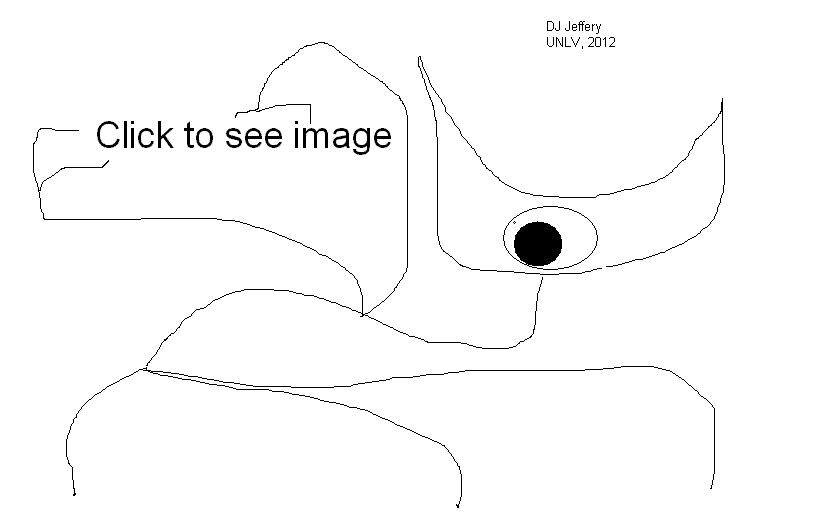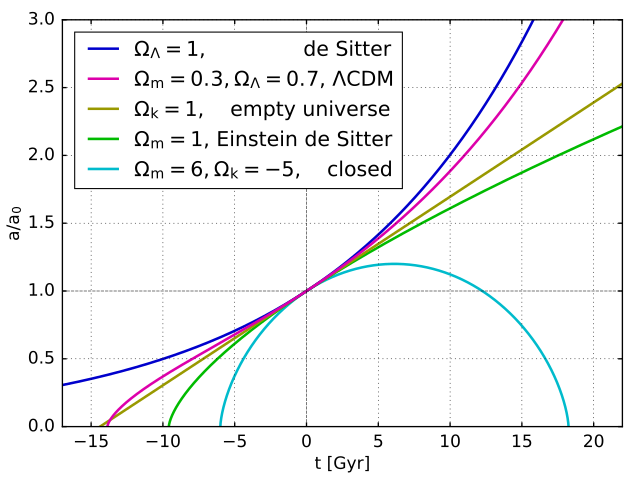
Image 1 Caption: According to Hoyle---you have to click on the placeholder image to see the linked historical image.
The expression Big Bang was first used by Fred Hoyle (1915--2000) in a BBC radio program in 1949 (Wikipedia: Big Bang: Etymology). He was actually an opponent of the Big Bang theory and proponent of the steady state universe theory: see The Steady State Universe below.
Image 1 is NOT of the actual broadcast where the term Big Bang was coined, but comes from 1954.
The expression Big Bang did NOT come into general use until circa 1970 and was used only once in a publication by George Gamow (1904--1968) the primary originator of the Big Bang theory in 1946 (see Helge Kragh 2024, "How did the Big Bang get its name? Here's the real story", 1 page; Gamow 1946, Physical Review, 572--573, Expanding Universe and the Origin of the Elements).
What nowadays we call Big Bang singularity (which is the mythical time zero of the Big Bang and is a singularity in general relativity) was once called the POINT ORIGIN (Bo-85,181) before circa 1961.
The Steady State Universe:
The steady state universe
has a pleasing simplicity and
some folks were philosophically satisfied by an
infinite,
eternal, unchanging
universe model.
In steady state universe,
it was assumed that
new matter was just
electrons,
protons,
and possibly
neutrons
(see Bo-151).
The new matter in
intergalactic space
would occasionally undergo
gravitational collapses
to form
new galaxies of
interstellar medium (ISM)
which would then undergo
star formation,
and so turn the new
galaxies
into ordinary observed galaxies.
The new matter
and new galaxies
were supposed to keep
the steady state universe
looking the same on average even though expansion was acting to reduce the densities of
matter
and galaxies.
Actually, yours truly thinks a
steady state universe
with galaxies of vastly different
ages (some being infinitely old) would look rather weird.
It does NOT seem that a detailed picture of
the steady state universe
has ever been developed, at least NOT with
a post 1980
understanding of
galaxy formation and evolution.
The expansion itself is exponential expansion.
So the steady state universe
is a version of the
de Sitter universe (1917)
with the driver of expansion is the
kinetic energy of the new
matter instead of
the cosmological constant
as in the original
de Sitter universe (1917).
The blue
curve
is for the cosmic scale factor a(t)
for the de Sitter universe (1917).
By the by,
Fred Hoyle was also a
science fiction
writer.
His most noted scifi
novel is
The Black Cloud (1957).
It accounted for the observations available in
the 1940s and
early 1950s as well as any other
cosmological model then
available.
In 1955, evidence from
counts of radio galaxies,
cosmologically near and far,
suggested that there was evolution in
cosmic time
(see No-540--541).
The discovery of
quasars in
1963
(see Wikipedia:
Quasar: Early observations (1960s and earlier) verified that
evolution certainly happens since
quasars are extinct in
local/modern observable universe.
The nearest
quasar
is in galaxy
Markarian 231
at physical distance
∼ 580 Mly ≅ 190 Mpc, and so existed ∼ 580 Myr ago.
Other evidence for an evolving
observable universe
accumulated in the
1960s.
In fact, the strongly-evolving
Big Bang cosmology became
established as the
cosmological paradigm
in the 1960s
and has become ever more firmly established since then.
So by the mid 1960s
the steady state universe
had been falsified
since its predicts NO evolution of
observable universe
and the
observable universe does evolve.
Nowadays,
the steady state universe
just an interesting
theory
in the
history of cosmology.
Fred Hoyle (1915--2000) worked
for many years at the
Institute of Astronomy, Cambridge.
Images:



Local file: local link: fred_hoyle.html.
Image site: BBC: Fred Hoyle.
Image link: Placeholder image
alien_click_to_see_image.html.
Image link: Wikimedia Commons:
File:Big Bang and Steady-State Theory.png.
Image link: Wikimedia Commons:
File:Mplwp universe scale evolution.svg.
Image link: Wikimedia Commons:
File:Pursuit_mosaic,_National_Gallery.jpg.
Image linked to Wikipedia:
File:Cambridge_University_Institute_of_Astronomy_observatories.jpg.
File: Astronomer file:
fred_hoyle.html.
